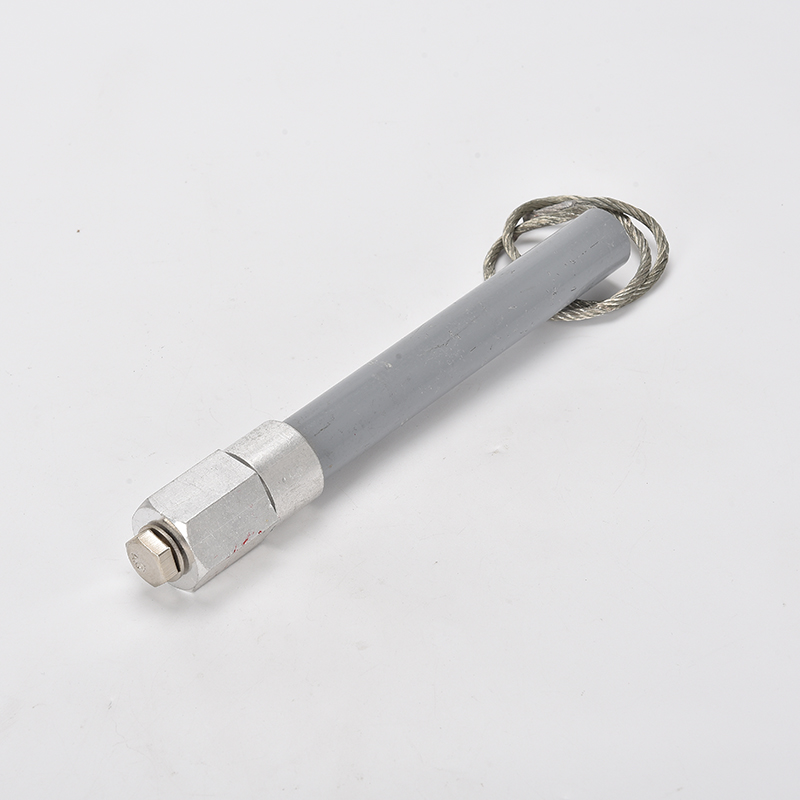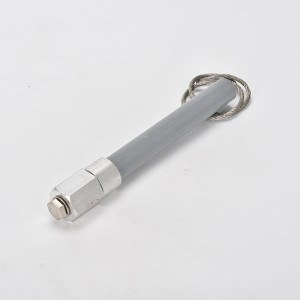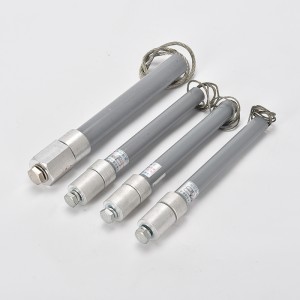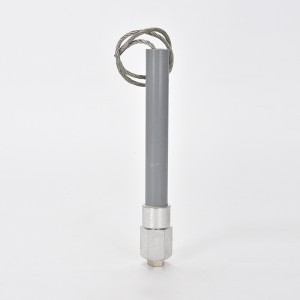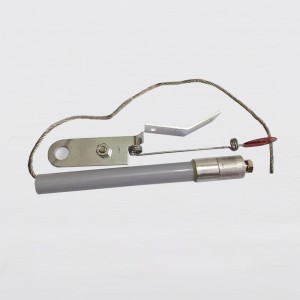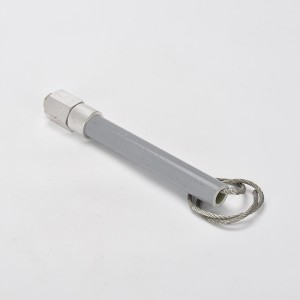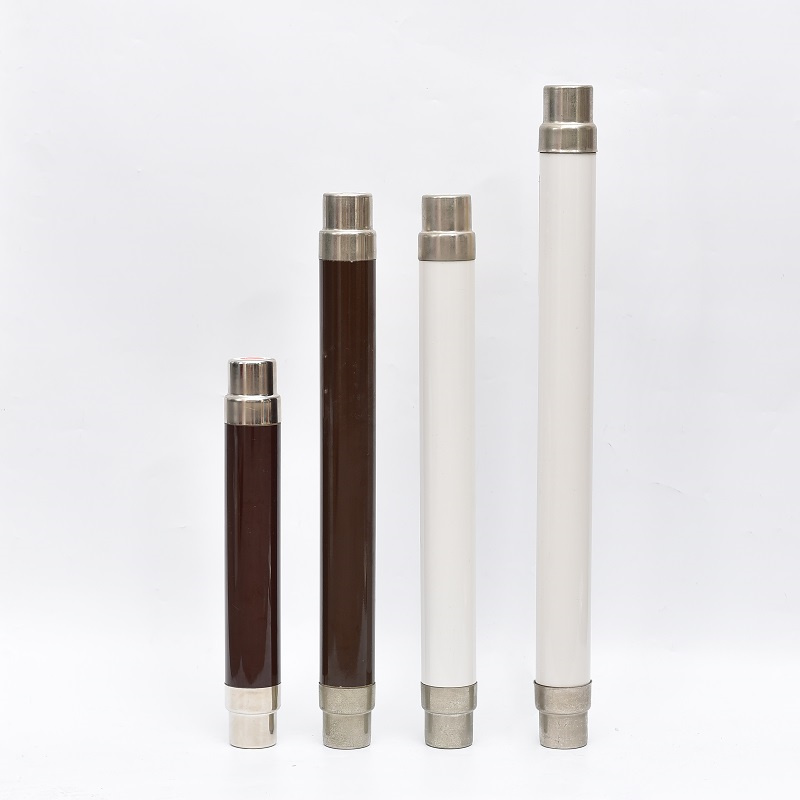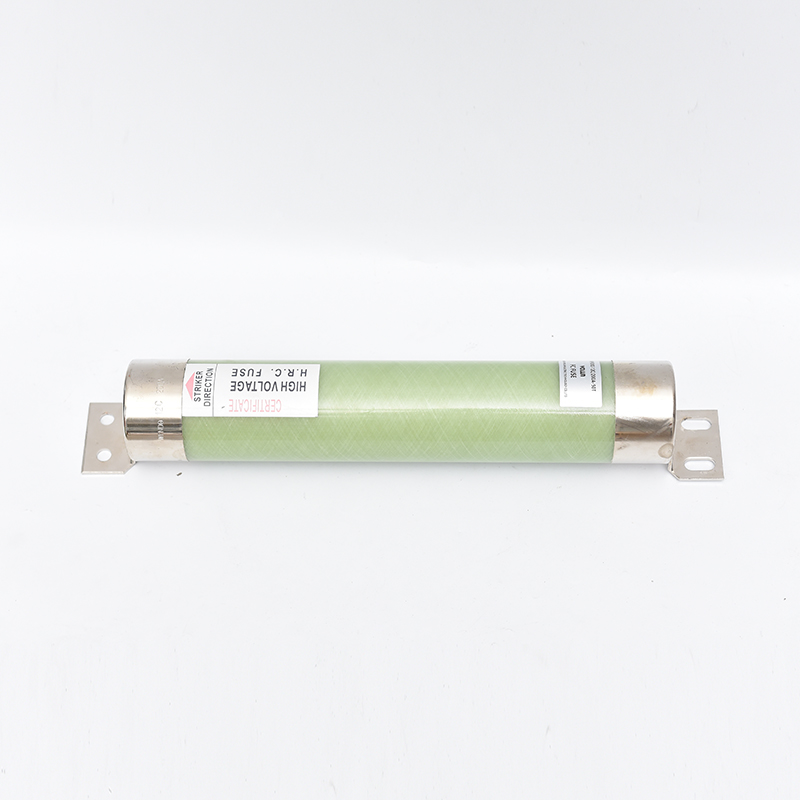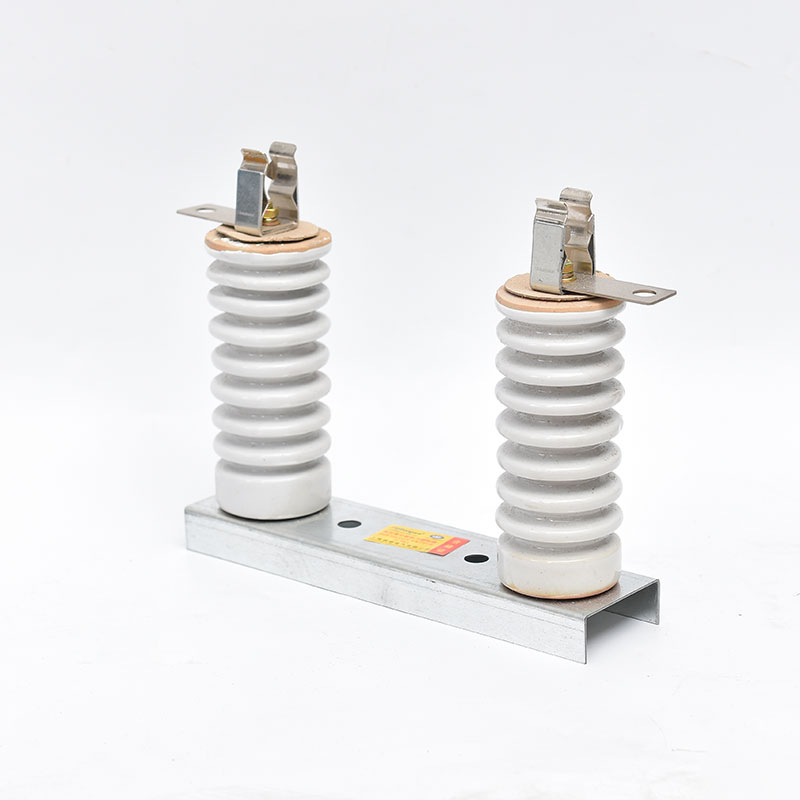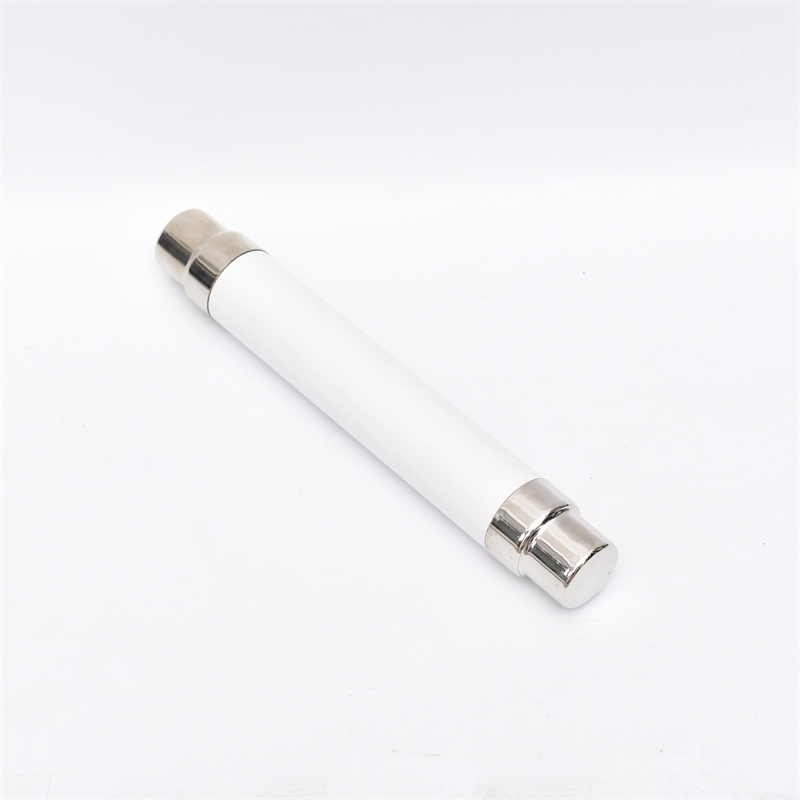Overview
This series is a capacitor protection fuse, which is mainly used for overcurrent protection of a single high-voltage shunt capacitor in the power system, that is, to cut off the fault capacitor to ensure the normal operation of the fault free capacitor.
Working principle
The fuse is composed of an external arc suppression tube, an internal arc suppression tube, a fuse and a tail wire ejection device. The external arc suppression tube is composed of epoxy glass fiber cloth tube and anti white steel paper tube, which is mainly used for insulation, explosion resistance and effective breaking of rated capacitive current;
The internal arc suppression tube can gather enough pressure of non combustible gas at the moment of breaking to improve the breaking capacity, so it is used to break small capacitive current. The tail wire ejection device can be divided into external spring type and anti swing type structures according to different application conditions. The anti swing structure can be divided into two types according to the different placement forms of the matched capacitors: vertical placement and horizontal placement.
The external tension spring type is the tension spring using stainless steel spring as the fuse wire of the fuse. When the fuse operates normally, the spring is in the tension energy storage state. When the fuse wire is fused due to over-current, the spring releases energy, so that the residual tail wire of the fuse wire can be quickly pulled out of the external arc suppression tube. When the current is zero, the gas generated by the internal and external arc suppression tubes can extinguish the arc, ensuring that the fault capacitor can be reliably separated from the system.
This kind of structure is generally used in frame type capacitor assembly. The anti swing structure changes the external tension spring into an internal tension spring structure with an insulated anti swing tube, that is, the spring is embedded in the anti swing tube, and the fuse wire is connected with the capacitor terminal after being tensioned and fixed by the tension spring.
When the fuse is fused due to overcurrent, the stored energy of the tension spring is released, and the residual tail wire is quickly pulled into the anti swing tube. At the same time, the anti swing tube moves outward under the action of the auxiliary torsion spring at the fixed point, which also promotes the rapid expansion of the fracture and ensures the reliable disconnection of the fuse. The anti swing tube prevents the residual tail wire from colliding with the capacitor screen door and cabinet door, eliminating potential safety hazards.
Precautions for the use of fuses
1. The protection characteristics of the fuse should be compatible with the overload characteristics of the protected object. Considering the possible short-circuit current, select the fuse with the corresponding breaking capacity;
2. The rated voltage of the fuse should be adapted to the line voltage level, and the rated current of the fuse should be greater than or equal to the rated current of the melt;
3. The rated current of the fuses at all levels in the line should be matched accordingly, and the rated current of the melt of the previous level must be greater than the rated current of the melt of the next level;
4. The melt of the fuse should be matched with the melt as required. It is not allowed to increase the melt at will or replace the melt with other conductors.

